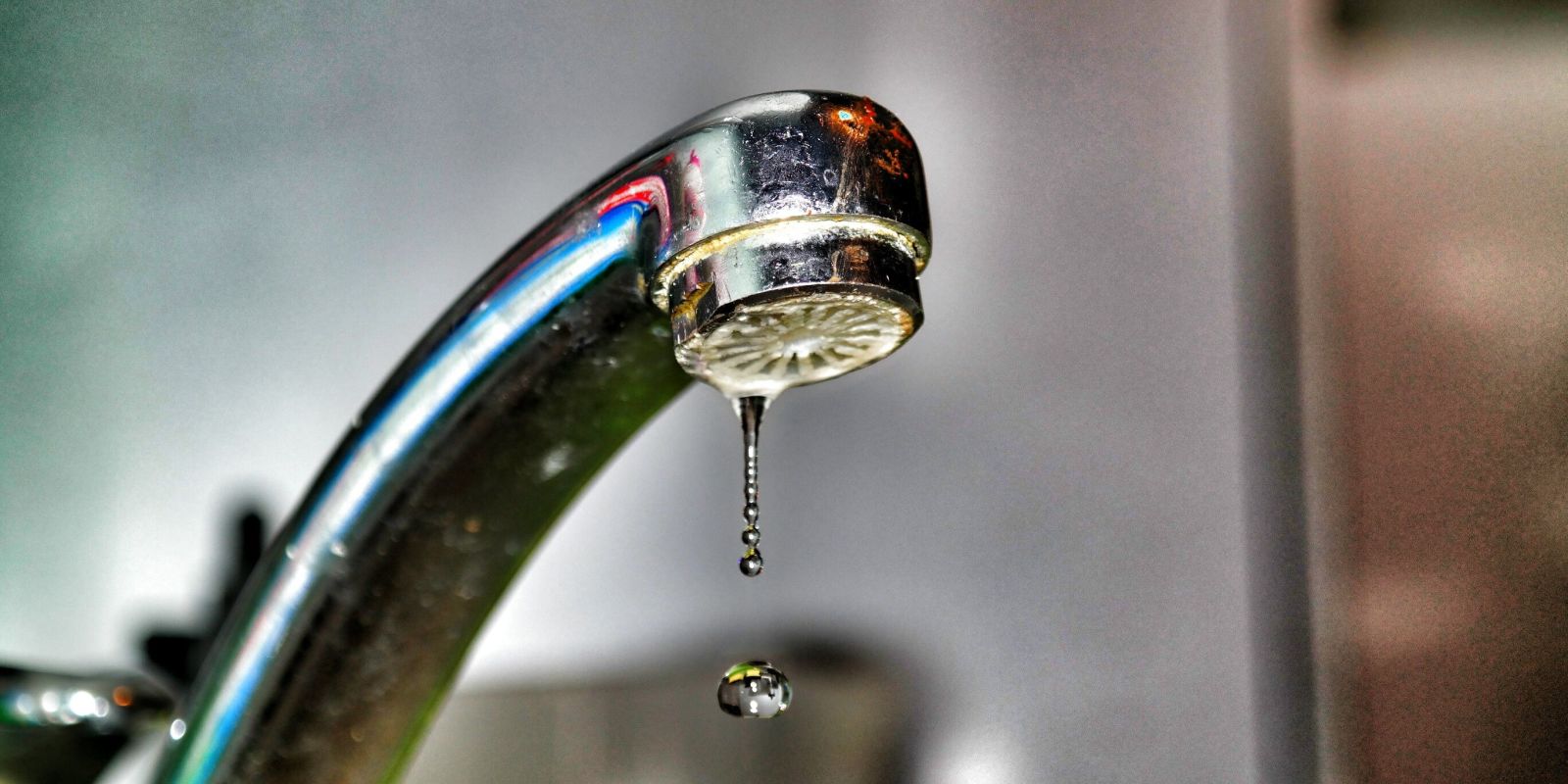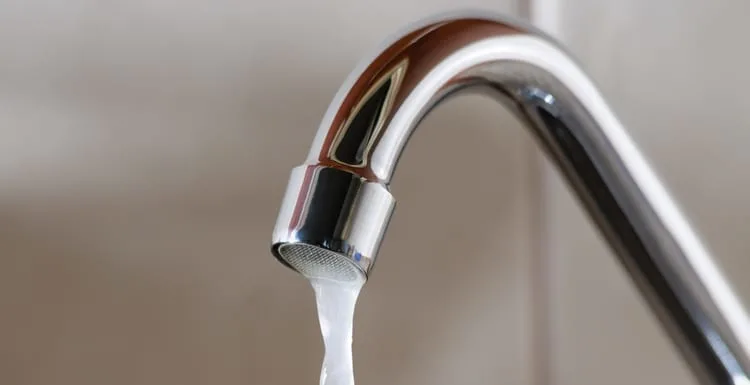We've encountered this article involving How-To Guide On Fixing A Leaking Tap Or Faucet Step down the page on the internet and concluded it made sense to talk about it with you in this article.

Introduction
A leaking faucet is not just irritating however can additionally throw away a significant amount of water and lead to enhanced utility expenses. In this step-by-step guide, we'll walk you with the process of taking care of a leaking faucet, permitting you to conserve water and money while keeping your plumbing system.
Gathering Tools and Materials
Before you begin, gather the needed devices and materials for the repair service. You'll commonly need an adjustable wrench, screwdrivers, replacement washing machines or seals, plumber's tape, and a dustcloth or towel to tidy up any kind of spills.
Shutting Down Supply Of Water
Find the shut-off shutoff for the impacted tap and turn it clockwise to shut down the water. If you're not able to situate the shut-off shutoff, you may need to shut down the primary supply of water to your home.
Disassembling the Faucet
Utilize a screwdriver to eliminate the handle of the faucet, subjecting the internal parts. Depending upon the type of faucet, you may need to loosen a cap or collar to access the valve setting up.
Examining for Damage
When you've subjected the valve setting up, inspect it for any kind of indicators of damages or wear. Typical wrongdoers of a leaking faucet include damaged washing machines, O-rings, or seals.
Replacing Faulty Elements
If you identify any type of broken or worn-out elements, meticulously remove them utilizing a wrench or pliers and change them with brand-new ones. Be sure to utilize the right dimension and sort of replacement parts for your tap.
Reconstructing the Faucet
After changing the faulty components, thoroughly reconstruct the tap in the reverse order of disassembly. Make sure that all components are appropriately lined up and tightened up to avoid future leakages.
Examining for Leakages
When the tap is reassembled, transform the water back on and evaluate the tap for leaks. If you discover any kind of leaks, double-check the connections and tighten them as required.
Ensuring Correct Performance
After confirming that the tap is leak-free, test its capability by turning it on and off numerous times. Make sure that the tap operates smoothly and without any unusual sounds or resistance.
Tidying up
Ultimately, clean up any kind of particles or spills from the repair work procedure and throw away any old or damaged elements properly. Leaving the workplace spick-and-span ensures an expert coating to your repair work.
Final thought
Dealing with a leaky faucet is a reasonably simple DIY job that can conserve you cash on water bills and avoid additional damages to your plumbing system. By following this detailed overview, you can tackle the repair work with confidence and take pleasure in the advantages of a leak-free faucet.
How To Fix a Leaking Tap?
There are few things more annoying than an incessantly dripping tap. But, aside from the annoying side of it, a leaking tap also means that something isn’t working as it should - and should we even mention the waste of water?! It might be something easily fixed, like a loose O ring or a corroded washer, or there could be something more serious going on, like a tap leak that requires professional attention. If it's in the easier category, here’s a simple guide on how to fix a leaking tap.
What you’ll need to fix your tap leakage
There are a few items you’ll need that might not be in a typical toolbox. If you are new to DIY plumbing, you might need to purchase or borrow some essentials. You’ll also need some spare time to get this done - especially if it’s your first foray at being a plumber for a day.
A washer to fit your tap (the most common size is 12mm, but double-check the size of your current washer for tap washer replacement) O-ring Spanner or wrench (best if it is adjustable, crucial for changing a tap washer) Tap lubricant Screwdriver Jumper valve Preparation of leaking tap fix
This guide will work for all general taps, including how to stop a leaking laundry tap, and addressing bathroom and shower water tap leaks.
Firstly, shut off the water supply at the main. This is typically out the front of your home either on the street or in your yard, or inside the bathroom or laundry for apartments and townhouses. Turn on your tap to get rid of excess water sitting in the pipe.
Identify your issue… Is the washer corroding? The O-ring? Check pipes for any evidence of corrosion or rust. Is it your hot or cold water tap leaking?
If the water is leaking down the tap itself, the issue is your O-ring. If the tap is dripping from the spout while it’s off, this is the washer. You might want to just replace both to be on the safe side, and avoid having to repeat the process later.
Set your tools close to the area you’re working on for easy access, and have a cloth or rag close by to help keep your hands and the equipment from transferring grease and lubricant.
Getting started on stopping your leaking tap
Start by using your spanner to remove the tap cover and then the handle. Remove the headgear by unscrewing the bonnet to loosen. You should now see your washer, jumper valve, and O-ring. Start your leaking tap repair
There are few things more annoying than an incessantly dripping tap. But, aside from the annoying side of it, a leaking tap also means that something isn’t working as it should - and should we even mention the waste of water?! It might be something easily fixed, like a loose O ring or a corroded washer, or there could be something more serious going on, like a tap leak that requires professional attention. If it's in the easier category, here’s a simple guide on how to fix a leaking tap.
What you’ll need to fix your tap leakage
There are a few items you’ll need that might not be in a typical toolbox. If you are new to DIY plumbing, you might need to purchase or borrow some essentials. You’ll also need some spare time to get this done - especially if it’s your first foray at being a plumber for a day.
Start with:
A washer to fit your tap (the most common size is 12mm, but double-check the size of your current washer for tap washer replacement)
O-ring
Spanner or wrench (best if it is adjustable, crucial for changing a tap washer)
Tap lubricant
Screwdriver
Jumper valve
All of these items can be easily bought at a hardware store, but if this feels too complex, give Enviromate Plumbing a call to fix that leaking tap. We service the greater Newcastle, Hunter Valley, and Lake Macquarie regions.
Preparation of leaking tap fix
This guide will work for all general taps, including how to stop a leaking laundry tap, and addressing bathroom and shower water tap leaks.
Firstly, shut off the water supply at the main. This is typically out the front of your home either on the street or in your yard, or inside the bathroom or laundry for apartments and townhouses. Turn on your tap to get rid of excess water sitting in the pipe.
Identify your issue… Is the washer corroding? The O-ring? Check pipes for any evidence of corrosion or rust. Is it your hot or cold water tap leaking?
If the water is leaking down the tap itself, the issue is your O-ring. If the tap is dripping from the spout while it’s off, this is the washer. You might want to just replace both to be on the safe side, and avoid having to repeat the process later.
Set your tools close to the area you’re working on for easy access, and have a cloth or rag close by to help keep your hands and the equipment from transferring grease and lubricant.
Getting started on stopping your leaking tap
Start by using your spanner to remove the tap cover and then the handle. Remove the headgear by unscrewing the bonnet to loosen. You should now see your washer, jumper valve, and O-ring. Start your leaking tap repair
Step 1:
Once removed, take off the cover plate at the base of the stem. If it has been affixed by glue, reach for the pliers to help you get it off without damage.
Step 2:
Replace the washer and/or O-ring and jumper valve with your newly bought parts. Applying tap lubricant on the spindle and valve will help to seal the tap.
Step 3:
Be sure to pay close attention to where each part is and how it’s put together, so that you can replace it by just working backward from how you disassembled them
Step 4:
Be careful not to overtighten the nuts and bolts when refitting the bonnet and spindle; you want there to be a bit of movement here (firm fit, but not too tight).
Check that your dripping or leaking tap is fixed
Once your tap has been reassembled with new parts, it’s time to check your handiwork. Turn on your water supply and turn your tap on slowly.
If water comes through without any evidence of leaks, and turns off without dripping, you’re done! Well done.
If your tap continues to leak and drip, it’s time to call one of our plumbing experts and find out what the issue is.
https://www.enviromateplumbing.com.au/our-blog/how-to-fix-leaking-tap

As a fervent person who reads on How to fix a leaky tap and save water, I think sharing that piece was smart. Remember to take the time to promote this blog entry if you enjoyed reading it. We appreciate your readership.
Call